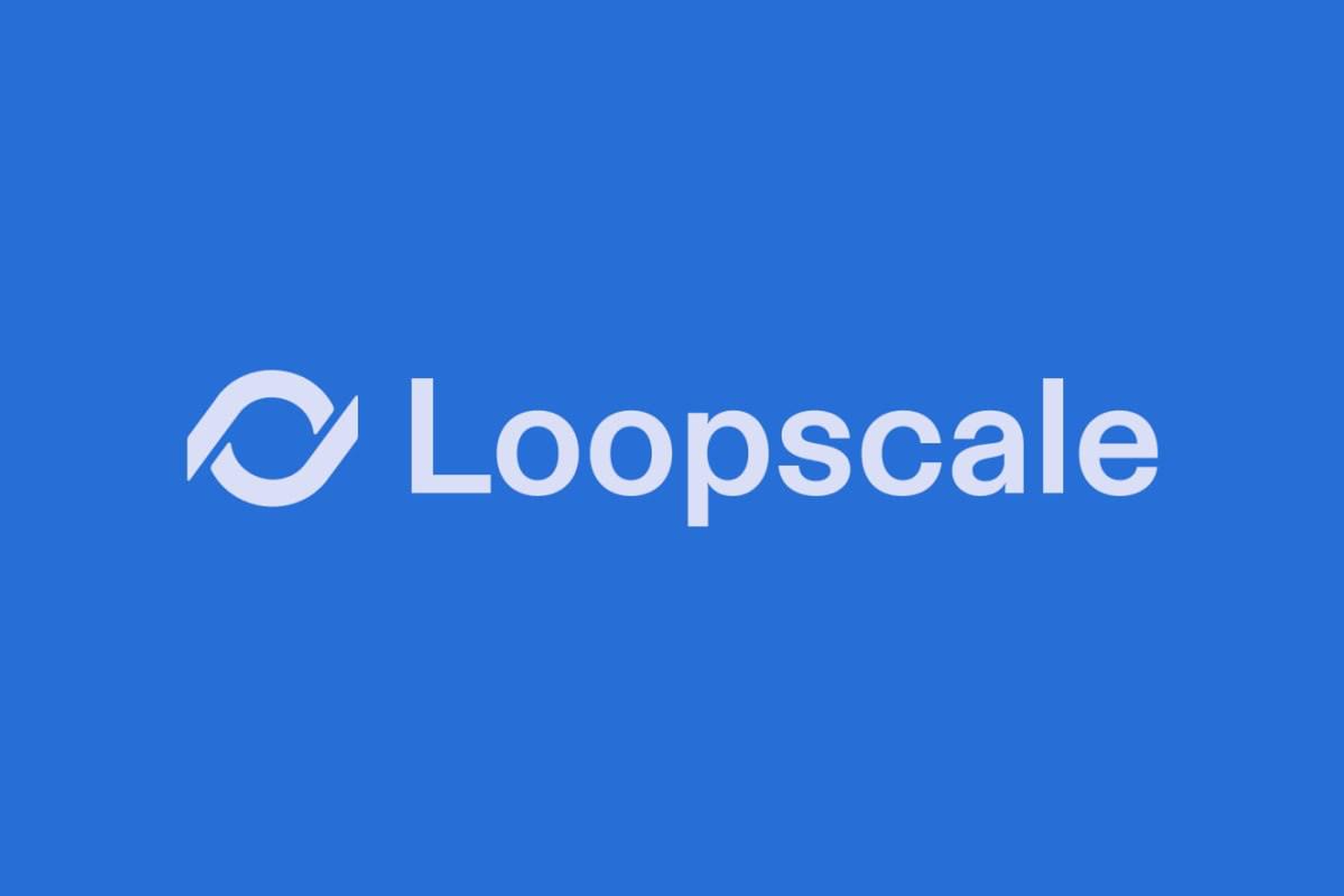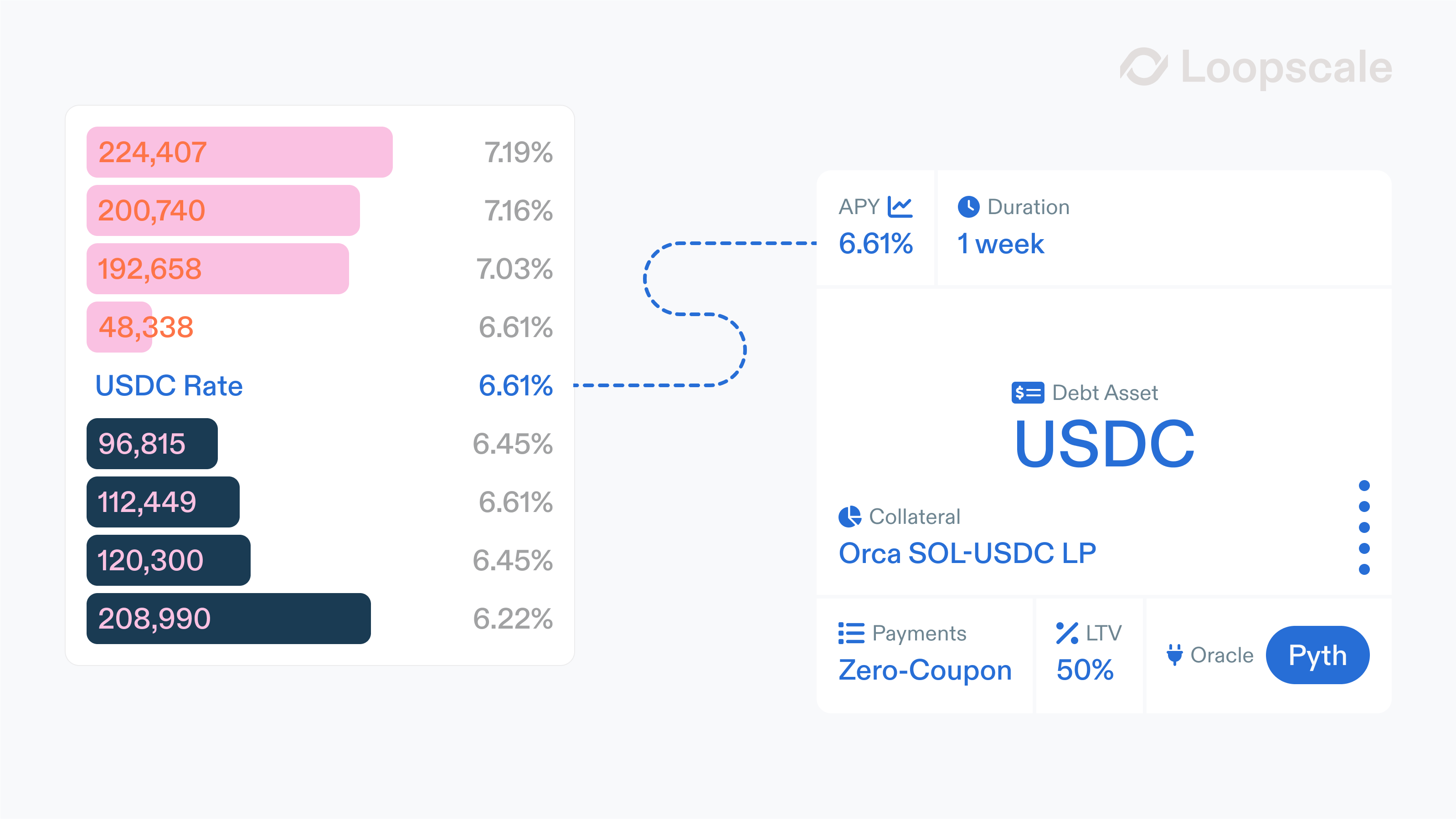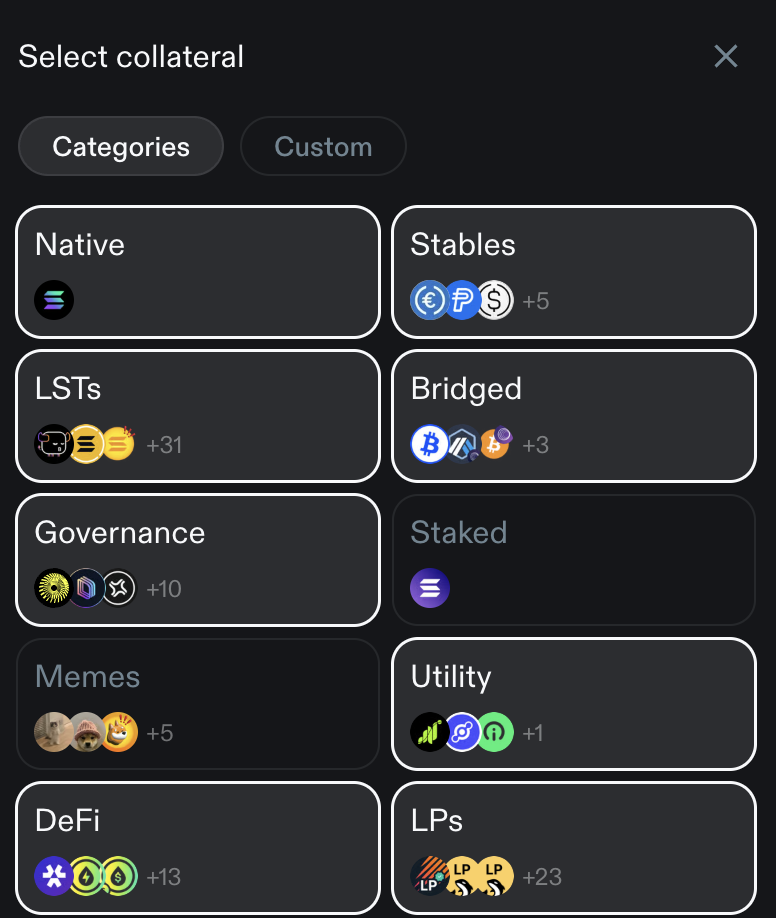
Loopscale to Power Second-Generation DeFi on Solana
A new Solana DeFi app pioneers modular, orderbook-based lending markets
- Published:
- Edited:
Loopscale, an emerging lending platform, has roared into Solana’s DeFi scene, issuing a staunch challenge to the chain’s leading money markets.
Introducing a novel orderbook-based lending market, Loopscale promises greater capital efficiency and reliable fixed-rate loans, enabling a more mature DeFi economy.
What is Loopscale, and why did the new-gen lending platform pivot from its initial NFT fractionalization product?
How is Loopscale Different from Legacy Lending Markets?
Building upon the success and demand of Solana DeFi stalwarts like Kamino and Save Finance, Loopscale brings a novel approach to lending markets. Instead of relying on algorithmic pools, Loopscale has pioneered a modular, orderbook-based approach to matching lenders and borrowers.

Loopscale argues that its model solves the constraints of legacy models, enabling superior more efficient DeFi. For example, existing algorithmic risk pricing is poorly optimized for capital allocation, which can often lead to a surplus of idle funds creating rate spread and diluting yield.
Beyond improving lending efficiency, Loopscale asserts that its platform opens to the doors to new DeFi paradigms. The platform supports a vast array of more sophisticated DeFi assets, including fixed yield liquidity positions, staked assets, and cross-protocol positions. Loopscales’ advanced market enables lenders to be selective on what kind of tokens they accept as collateral, offering greater composability and flexibility.

Additionally, Loopscale also enables fixed-rate, fixed-duration loans, providing stability and predictability between counterparties, bringing a layer of maturity to Solana DeFi. Since its public launch, Loopscale TVL has risen to over $32M.
A Timely Pivot?
Despite making bold new steps in Solana DeFi, Loopscale actually began its life as an NFT project back in 2021. In the wake of the first NFT boom, Loopscale co-founders Mary Gooneratne and Luke Truitt originally set out to build BridgeSplit, a NFT fractionalization platform.
According to a press release, BridgeSplit originally raised $4.5M in a seed round led by CoinFund and Jump Capital in December 2021, with support from Coinbase Ventures and Solana Ventures. Three years and one collapsing NFT market later, BridgeSplit announced its return to Solana with a fresh new rebrand and product, ready to push Solana DeFi to new horizons.
Loopscale is far from the only Solana-based team to pivot away from NFTs in a bid to find PMF. Tensor, once Solana’s most popular NFT marketplace, released a SocialFi memecoin trading application, Vector, in response to languishing NFT markets. Today, Vector routinely processes more than double Tensor’s daily trading volume, based on Flipside data.
Solana DeFi 2.0 is Here
Throughout the current bullcycle, Solana DeFi is steadily pushing boundaries and leading innovation across the blockchain industry.
From pump.fun’s liquidity-free bonding curve to Titan Exchange’s meta aggregator and now Loopscale’s modular lending orderbook, new DeFi paradigm are routinely being deployed on Solana.
Despite claims that innovation in DeFi is stagnating, Solana’s emerging applications remind the industry that the sector is still evolving.
To bootstrap liquidity, Loopscale has launched a four-week Genesis Supply Program to incentivize liquidity provision. Users have already begun generating Loopscale points, suggesting an eventual airdrop for the protocol’s supporters.
Read More on SolanaFloor
Solana’s biggest NFT marketplace is expanding
Magic Eden Acquires SlingShot in Bid to Transcend Cross-Chain Barriers
Level Up Your DeFi Knowledge



